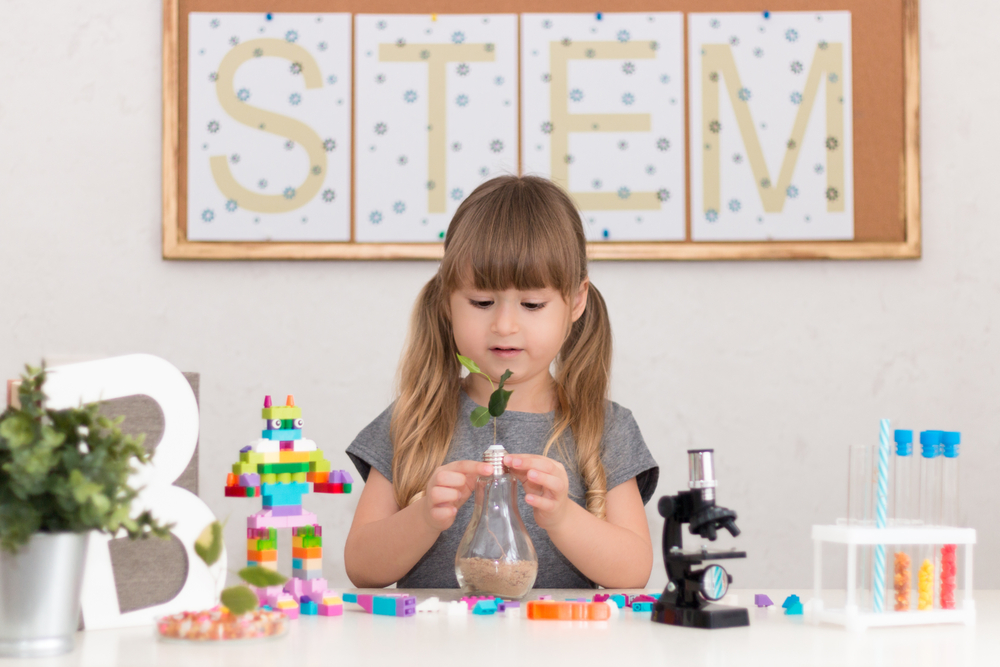Character recognition Worksheets for Ages 3-9
4 filtered results
-
From - To
Explore our engaging Character Recognition Worksheets designed for children aged 3-9! These interactive resources encourage early learners to identify, distinguish, and understand various characters, enhancing their cognitive skills while making learning fun. Each worksheet combines colorful visuals and imaginative themes to captivate young minds, along with age-appropriate exercises that promote critical thinking and fine motor development. Ideal for both classroom and home learning, these printable worksheets foster foundational literacy skills essential for future academic success. Encourage your child's love for learning with our character recognition activities tailored to enhance their educational journey. Download today and watch your child shine!


Where Does the Character Belong? Worksheet


Which Character Worksheet


Rapunzel Characters Worksheet


Story Elements Printable
Character recognition is an essential skill for children ages 3-9, laying the foundation for literacy and overall cognitive development. During these formative years, children are developing crucial language skills and beginning to engage with written text. If parents and teachers prioritize character recognition, they equip children with the tools necessary for successful reading and writing.
Recognizing letters and numbers is integral for understanding phonetics, linking sounds to symbols, and comprehending the written word. This recognition fosters a sense of confidence and independence in young learners, motivating them to explore books and written materials further.
Moreover, character recognition contributes to a child’s academic success beyond literacy. Early proficiency enables smooth transitions into more complex subjects involving language and math. It also aids in enhancing memory, attention span, and focus, essential for overall classroom engagement.
For parents, being actively involved in this process—through interactive reading, fun games, and discussions—shows children that literacy is essential, thus fostering a love for learning. For teachers, incorporating character recognition activities supports differentiated learning, tailored to meet different developmental stages. Ultimately, supporting character recognition conveys the progressive importance placed on literacy, significantly influencing children's overall educational journey.

 Assign to My Students
Assign to My Students


















